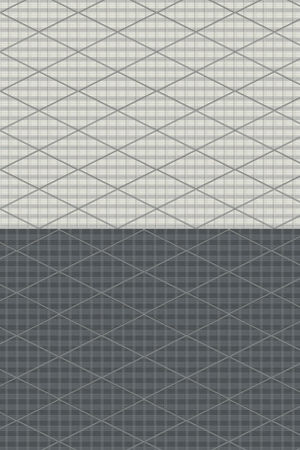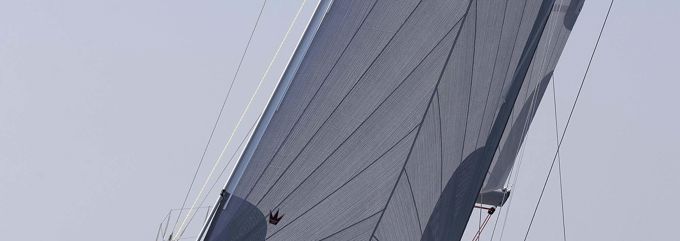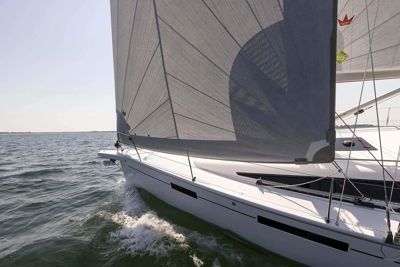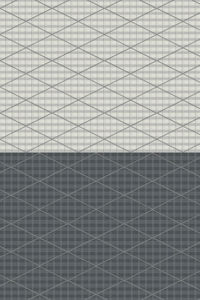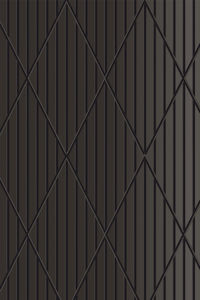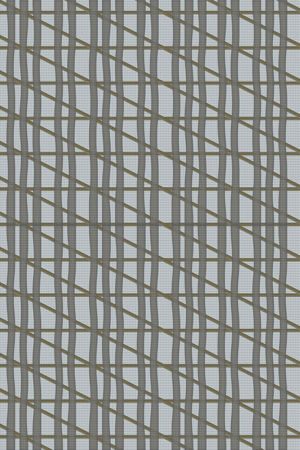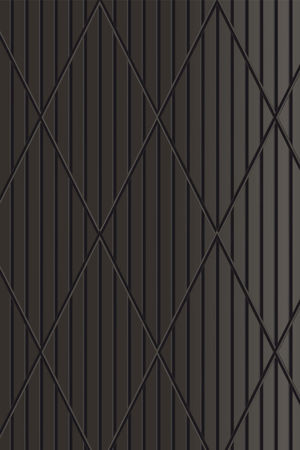Laminate sail materials was a big change when it was introduced. Over the last century, the ideal construction of a sail has seen many iterations - not only around the designs, but also on the choice of materials and constructions.
And when the World's most advanced choice was a woven type of polyester, it was a great step forward to introduce the laminate and the use of other, stronger and more advanced fibre materials.
Over the years, advancements in sail materials have led to the development of various laminates, which have significantly enhanced the capabilities of modern sails compared to traditional woven polyester sails.
It brought many features to the table. Notably, the laminate sail was a great step forward in terms of shape retention, reducing weight and adding further durability to the sail.
Types of Laminate Sails
Laminate sails are made by bonding layers of materials together, typically including a reinforcing fiber such as polyester, aramid, or carbon, sandwiched between layers of Mylar or other films. These sails are designed to offer a higher performance by maintaining shape better under load and reducing stretch over time. The main types of laminate sails include:
Polyester Laminates:
These laminates are constructed using polyester fibers, which provide a balance of durability, cost-effectiveness, and good shape retention.
Aramid Laminates (e.g., Kevlar):
Known for their high strength-to-weight ratio, aramid laminates offer excellent performance but are less resistant to UV damage and can be more expensive.
Carbon Fiber Laminates:
Carbon laminates offer the best strength and stiffness characteristics, making them ideal for high-performance racing. However, they are the most expensive and least resistant to flex fatigue.
Dyneema/Spectra Laminates:
These laminates are extremely strong and resistant to UV and abrasion, but they can suffer from stretch over time, making them less ideal for maintaining sail shape.
